The Apple iPad Air 2 Review
by Joshua Ho on November 7, 2014 9:30 AM EST- Posted in
- Tablets
- Apple
- Mobile
- iOS
- ipad Air 2
Software: iOS 8
While hardware is important, the tablet ultimately needs compelling software in order to justify its place. Apple has done a great job of using the display’s extra real estate, although areas like Springboard are a bit lacking in information density when compared to the iPhone 6 Plus. Unlike the iPhone 6 Plus which usually only gives a multiple-pane view in landscape, the iPad can present more information all the time. While this may seem to be an artificial distinction, it’s really the 4:3 aspect ratio that improves information density for both orientations.
More notably, applications in the app store seem to be universally adapted for the iPad instead of being a stretched out iPhone version. It’s likely that this is because any iPhone-only application is a direct scaling rather than any proper interpolation, so at 1x mode the application is comically small and at 2x the application often looks horrific due to aliasing and upscaling artifacts. Both modes leave large levels of unused space in the display, so there’s a strong impetus to make a proper tablet application. The multitasking gestures continue to add to the tablet's functionality as well, which can be even quicker than normal multitasking. This is also helped by the use of two gigabytes of RAM, which noticeably reduces the amount of times that applications are kicked out of memory in my experience. As AArch64 can increase memory requirements it seems important for future iPhones and iPads to all ship with at least two gigabytes of RAM.
For the most part, these are already advantages that iPads have had for a while, so none of this really changes when compared to most other tablets, which have generally suffered from a relatively poor breadth of applications designed to take advantage of a larger tablet display. The one significant software feature to talk about here is TouchID, even though this is a hardware-driven feature. Similar to my experiences with TouchID on the iPhone, TouchID on the iPad makes a lot of sense. While there’s no NFC feature for Apple Pay, the same system works for online purchases which has a great deal of potential for any applications that utilize Apple Pay. The launch of iOS 8 also means that TouchID can be used as an alternate form of authentication for any application that uses the appropriate API, which is definitely nice as well. Of course, for basic unlock this system continues to work incredibly well, to the point where it’s often possible to accidentally unlock the device when turning it on with the home button.
However, there’s not much else to talk about. Unfortunately, while Apple has done a good job of developing the tablet it feels like there’s a lot of potential for new applications and other usage models that haven’t come to fruition. While the stylus is often seen as a negative for user experience, I suspect that the iPad would have for more value if a good pressure-sensitive stylus was included for note-taking and similar use cases. In addition, the lack of a proper multi-window system definitely detracts from the potential for the iPad to take on a productivity role. While these are all things that Samsung has done for the Galaxy Note line, these features aren’t really as well executed as they need to be for good user experience which leaves room for Apple to innovate in this area. It seems fully possible for an iPad to replace a ~20 mm thick convertible tablet for productivity and note taking, but proper development of these ideas hasn’t quite happened.
Unfortunately, as a function of the iPad’s size I find it hard to integrate into daily use. For the most part I don’t find myself missing the extra screen size when compared to a phablet like the iPhone 6 Plus, and this is likely to be Apple’s biggest issue as the iPhone 6 Plus can give much of the tablet functionality while still remaining relatively compact. While I’d be willing to put up with the extra size if there was compelling functionality that I wouldn’t be able to get on another formfactor, it feels like this uniqueness is lacking in the iPad. This doesn’t mean that there isn’t value to the iPad formfactor as there is a sizeable population of people that effectively use the iPad as their primary computing device, but for general browsing and comparable tasks I’ve never felt limited by the relatively small display of a phablet or smartphone. This means that there’s a significantly higher bar for utility, which is really the source of my concern. While the iPad’s software experience is excellently executed, after multiple generations it seems to be time to push in new directions for utility.


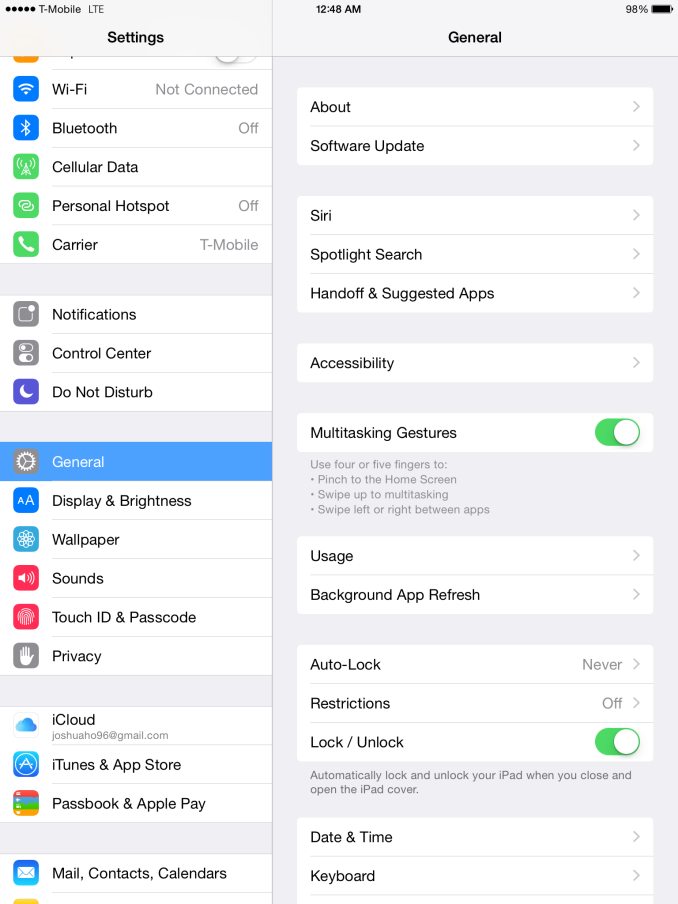
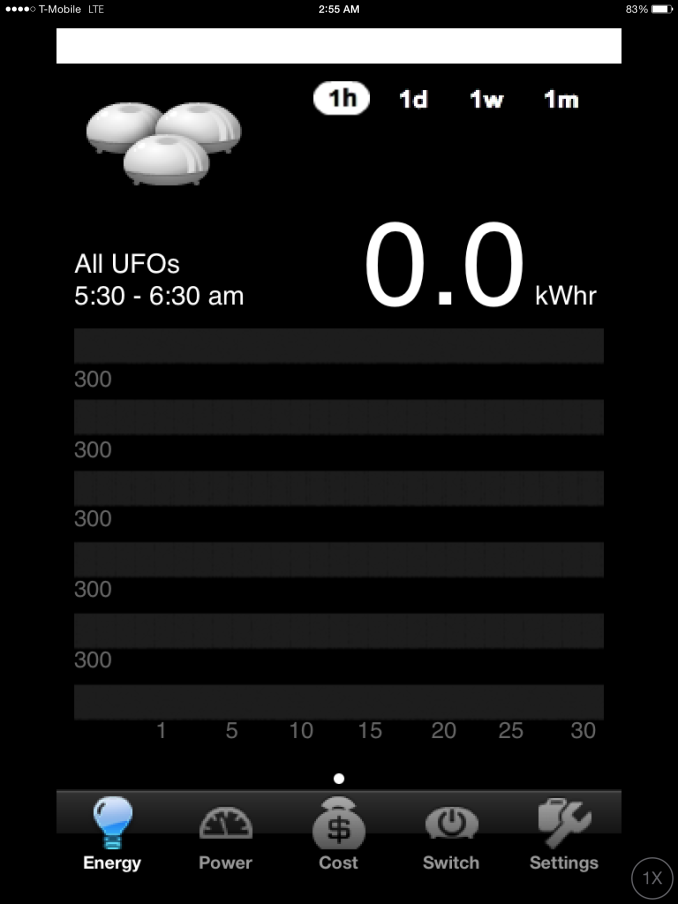
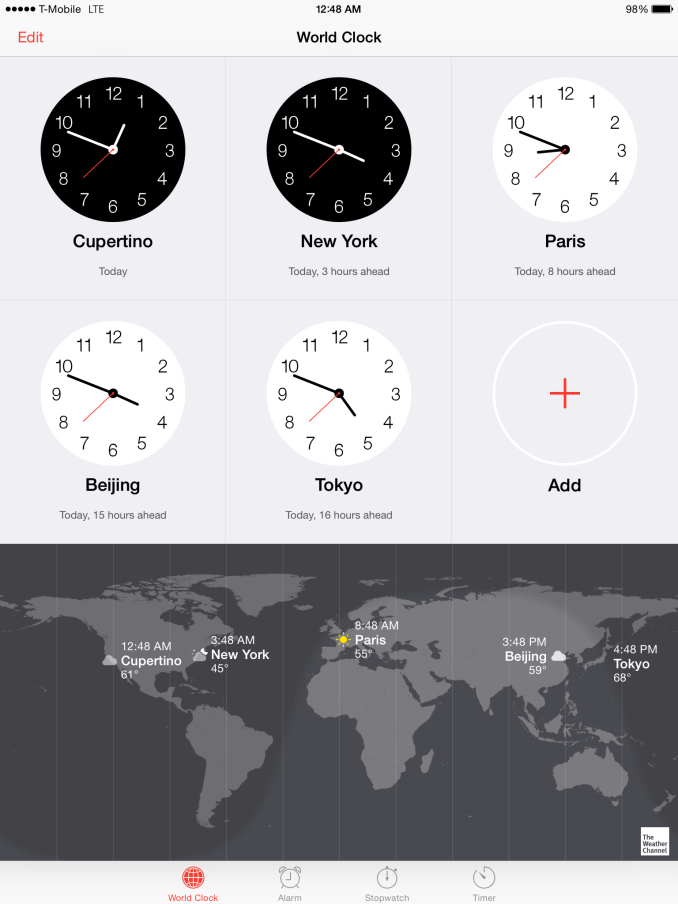
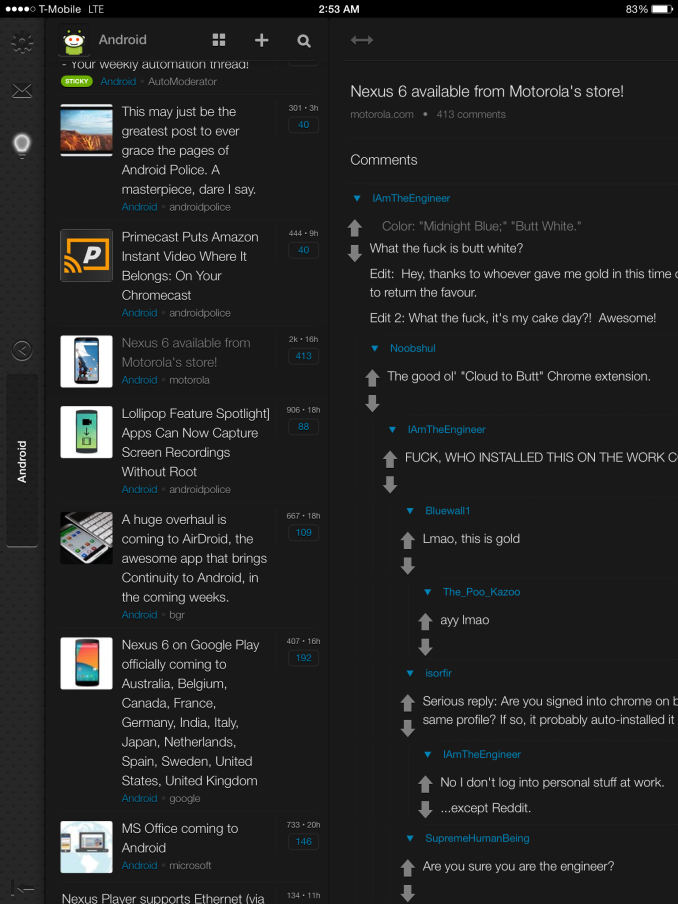

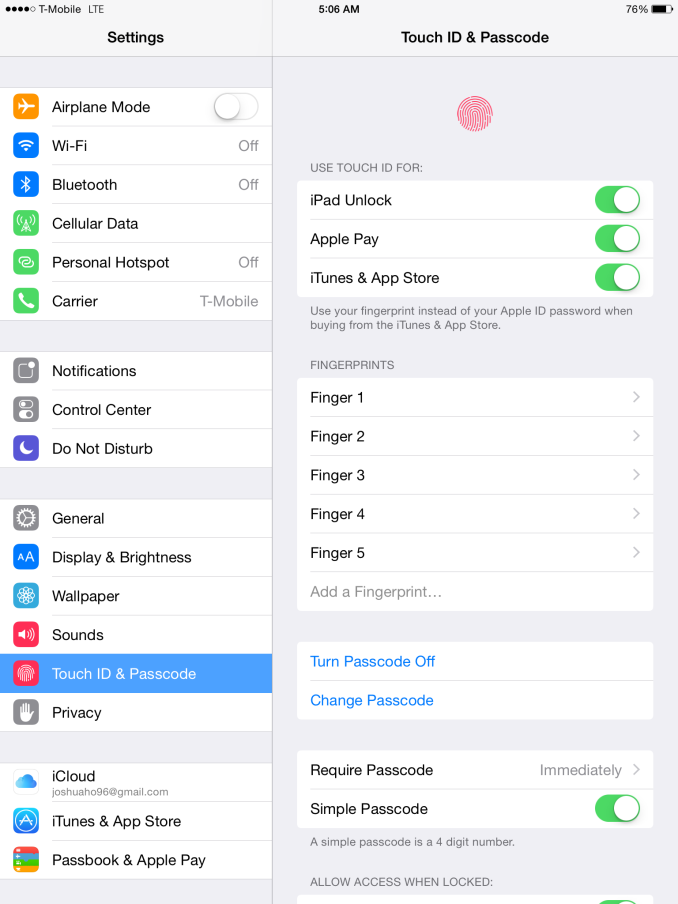








226 Comments
View All Comments
kron123456789 - Friday, November 7, 2014 - link
"looks like K1 doesn't support FP16." — well, it really doesn't. K1 has no FP16 ALUs. But it does have a few FP64 ALUs. It's Kepler after all.JoshHo - Friday, November 7, 2014 - link
We have had an ongoing internal debate over how to best represent performance in thermally-limited scenarios. However, the goal of our specific test is to try and show the lower bound for performance although we will include the full FPS graph from here on out.It's certain that the CPU is fully capable of throttling on the iPad Air 2 much more easily, but as far as we can tell GPU-bound workloads are unlikely to throttle on the iPad Air 2 and performs better than Tegra K1 in this area.
lucam - Friday, November 7, 2014 - link
See the Xiami MIpad..and then comment please..tralalalalalala40 - Friday, November 7, 2014 - link
TouchID is for enterprise. No more 10 digit pins every 5 min!KPOM - Friday, November 7, 2014 - link
True. I acquired the Air 2 primarily for this reason. The added performance and updated design are gravy.Georges003 - Friday, November 7, 2014 - link
I noticed the following on all current and previous generations iPad air and iPad mini.On a white screen (for example blank document/note), pushing with one or more finger(s) on the back of the ipad or on the screen itself, displays a dark shadow in the area being pushed.
I have not observed this effect on the iPhone 6, my iPhone 4s and iPad 4.
Did you or anybody else notice this as well?
If yes, how do you feel about it since this without any doubt the result of design compromises for making the device thin and light?
blackcrayon - Friday, November 7, 2014 - link
I can notice this only if i strongly and deliberately press on the device. But I haven't figured out why anyone would or could do that in normal use by mistake. Why would anyone grip the device that hard?Georges003 - Friday, November 7, 2014 - link
I’ve tried to reproduce this effect on a least 8 devices in 2 different stores and it was present on all of them. On some devices you really didn't have to push very hard and on some the only thing you had to do is to pick it up.Typical applications were one would push “harder” on the screen: Ipad used as a music instrument, games, artists using ipad with pressure-sensitive pens, …The question is not why one would press this hard but why do we accept this while iphones, older Ipads and most, but not all, premium tablets of the competition clearly show that touch screen devices can be designed without showing such behaviour.
blackcrayon - Friday, November 7, 2014 - link
Is the Nexus 9 one of your premium tablets of the competition? I hope not...I also doubt you will generate much pressure on the *back* of the device by pushing harder on the screen. Isn't that on the other side? :) I notice you've "tried" to reproduce this effect. I still don't think this is something that's going to happen in normal use. I bet you'll be outraged over the fact you can break one by putting it on your knee and pressing both sides.
Georges003 - Friday, November 7, 2014 - link
The Nexus 9 happens to be a device with a similar behaviour as the iPad Air 1/2 … great OS but, in my opinion, not a "premium" device.Sushisamurai (link) also commented on this review. He mentions “ … with the volume turned up, the iPad would reverberate/vibrate due to the audio output …” I have also noticed this annoying behaviour and wouldn’t be surprised that this is another consequence of making the iPad Air 2 a little too thin and light.